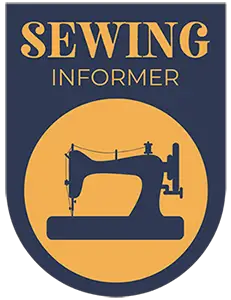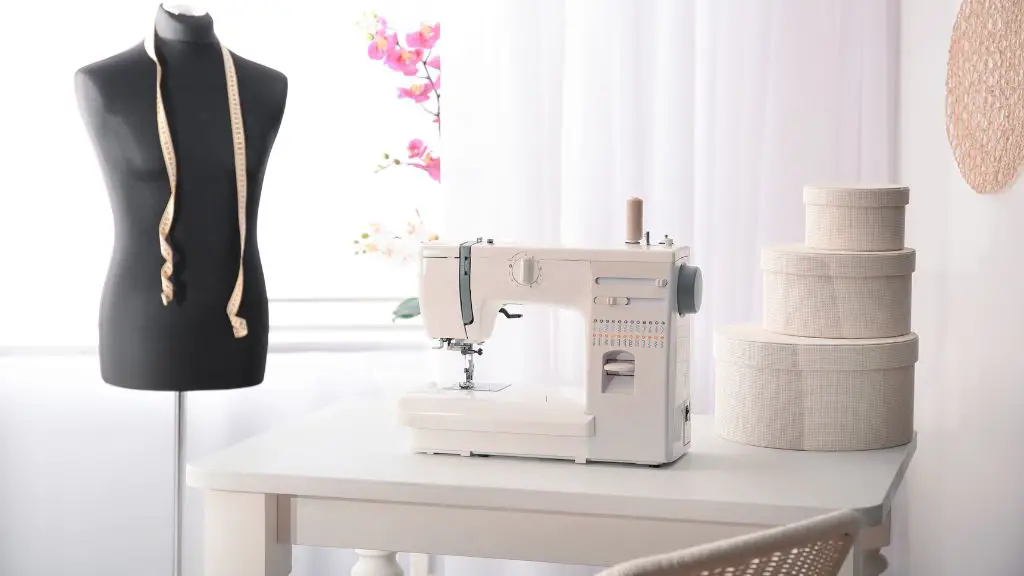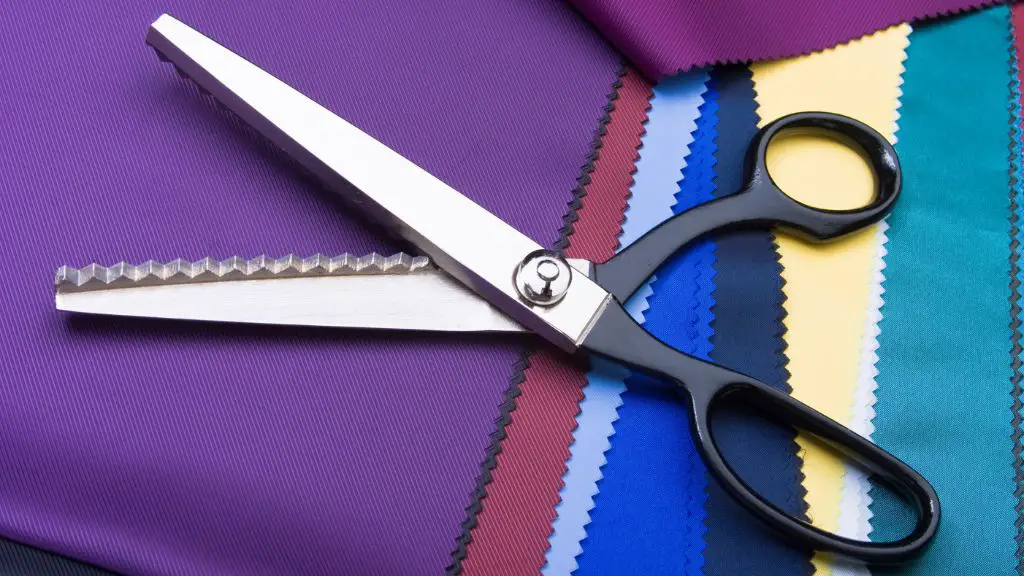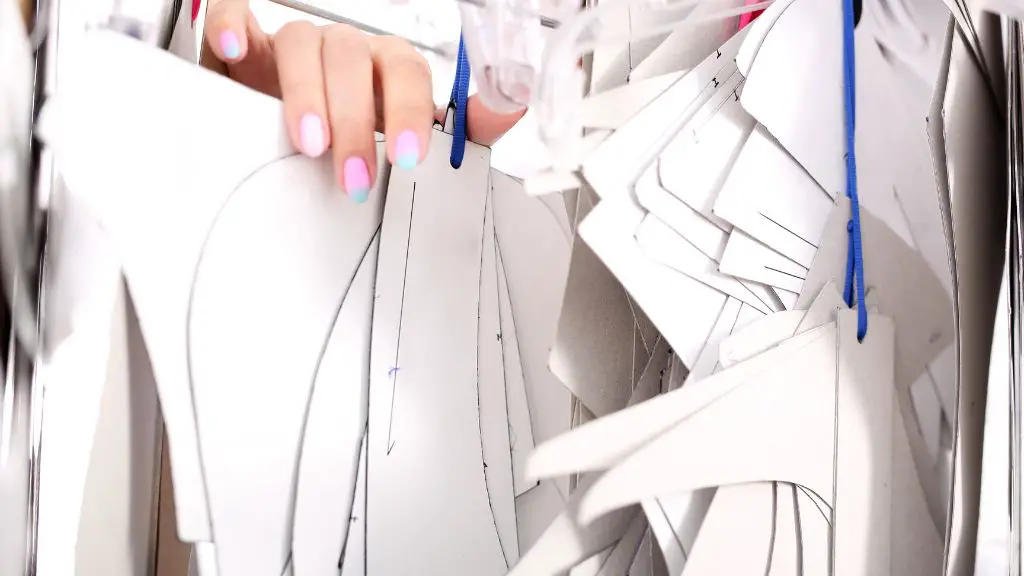This is 2022. Everyone is concerned with the environment and how our actions affect the planet. The green movement marches on, and many people wonder if their regular tasks affect the environment even further. For one, if you have and use a sewing machine, it is perfectly logical to wonder if you are harming the environment further.
When one considers the benefits and impacts of using sewing machines, it can be seen that they are harmful to the environment. The whole process of using them, from the power they take to toxic materials often used, makes them so.
In this article, we’ll look in detail at the relationship between sewing machines and the environment. Also, we’ll proffer suggestions that can make sewing machines better for the environment.
Sewing Machines and The Environment
We should all be concerned about how our actions affect the state of the environment. Like almost every other machine invented since the industrial revolution, some environmental costs come with using sewing machines.
Impacts Of Sewing Machines on the environment
There are a few direct impacts of sewing machines on the environment. Added to these are the indirect impacts that arise from all other activities around their usage and making.
Power usage
Going back a century or so shows that sewing machines used to be driven by human power. Akin to the bicycle, the user uses their feet to drive to pedals to work the machine. Now, sewing machines run on power. With the gigantic number of working sewing machines worldwide, this power amounts to a tremendous volume. As the majority of power used is generated in a way that is harmful to the environment, using sewing machines indirectly affects the state of the planet.
More Wastes
The existence of sewing machines is one of the greatest achievements of cheap items of clothing for most people in the modern era. However, it has the unfortunate effect of accumulating unwanted clothes for people. These cheap clothes allow too many unused clothes, which eventually leads to more waste in dumping sites. Also, the waste that we generate from the millions of sewing done worldwide is immense.
Transportation
Another indirect environmental impact of sewing machines is the tremendous rise in transportation of made materials. Many of the clothes we wear today are manufactured in faraway countries and are shipped to ours. As transportation today entails the use of fossil fuels, the environment is impacted negatively with every shipment of cloth. While this might be considered a negative of the fashion industry rather than sewing machines themselves, sewing machines are so integral to the industry that one can’t exonerate one for the other.
It encourages fast fashion
The last indirect impact of sewing machines is that they lead to a phenomenon called “Fast fashion”. This focuses on cheap clothing that comes at the cost of sacrificing quality. The consequence of this is an increase in waste in the long run.
With all these impacts, one can see that there are many negatives to using sewing machines where our planet is concerned. However, the overwhelming question is about the pros and cons. Do these negatives outweigh the benefits, at least environmentally? The answer is Yes.
It is undeniable that the invention of sewing machines has helped with the improvement of the standard of life. This alone is no mean feat when you consider how tedious sewing by hand was before this invention. Still, it should be admitted that they contribute to the environmental issues we are developing and we should explore possible ways of reducing their negative impacts.
How Can Sewing Machines Help the Green movement?
It is not all doom and gloom! Despite all the negative impacts already discussed, certain environmental benefits can be gotten from using sewing machines. This especially comes up when many regular people use them for their petty stitches and sewings.
The fashion industry is one of the biggest in terms of environmental pollution. The ways this happens include the massive waste generated and the environmental impacts of the distant transportation of clothing items from points of manufacturing to the consumers.
These two can be resolved by more people adopting sustainable sewing. With more people sewing their fabrics, the transportation effects are cut back drastically. How can sustainable sewing work?
Sustainable Sewing
The first step to sustainable sewing is for more people to learn how to see. You can always learn from a relative or with online resources. Important to this is sourcing for materials that are made in an environmentally friendly manner. Avoid any fabric materials made of or with toxic substances like pesticides or other toxic chemicals.
To get such materials, always look out for OEKO-TEX and GGOTS-certified fabrics. Also, a major component of sustainable sewing is the reduced transportation costs by source for these materials from makers close to you. Lastly, sustainable sewing has to include less unneeded clothing in the wardrobe. Rather than having a hundred unused clothes, sustainable sewing focuses on maintaining a more modest number.
Rather than using sewing machines powered by electric power, individuals should consider using mechanical sewing machines. Yes, they are more stressful and require more effort to use. Also, they are more difficult to use especially for beginners. However, you can reorient your thinking to consider them a source of exercise and burning calories.
With these points, we can cut the environmental impacts of sewing machines. The main idea is that everyone has to chip in and do their part.
Conclusion
Sewing Machines, like many other machines and devices that use electricity and fuel, have some undesirable impacts on the environment. However, certain benefits can be accrued from sustainable sewing. On the net, it is clear that the impacts of sewing machines on the environment outweigh environmental benefits. The question, of course, is how to make the switch to more environmental sewing.
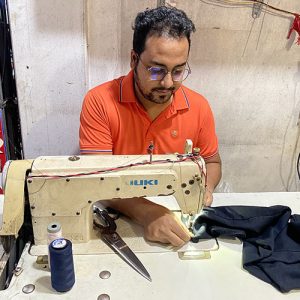
I love to sew and write! I have been doing both for many years and enjoy sharing my passion with others. I have written for both online and offline publications including Amazon and Medium, and I enjoy sewing clothes, quilts, and other items.
My writing style is engaging and lively, and I have a knack for delivering complex information in a way that is easy for everyone to follow.
